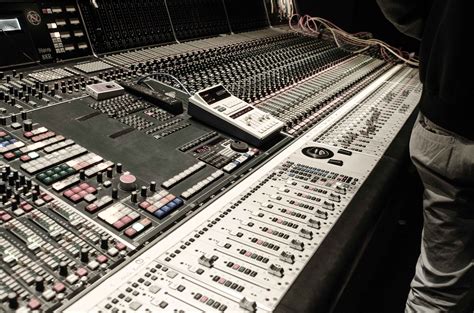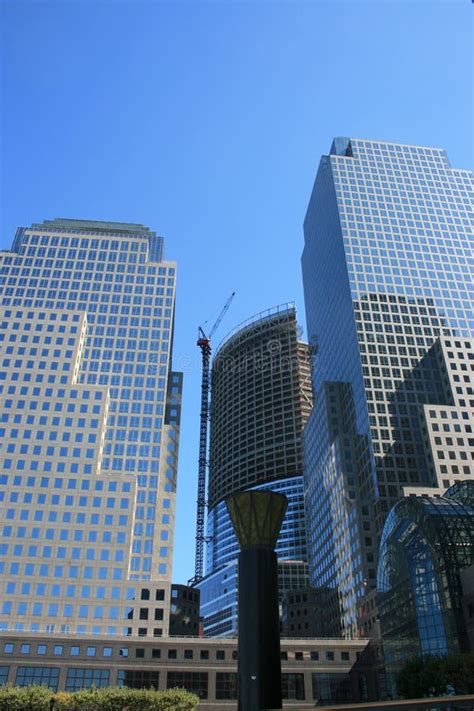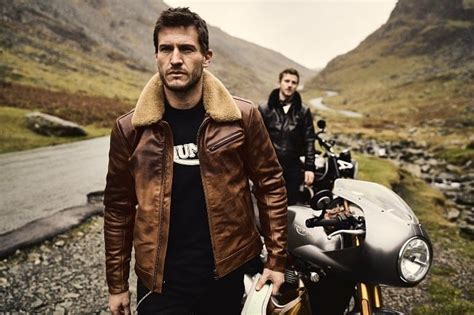Decoding Business Casual for the Modern Man
In today’s dynamic professional landscape, the traditional suit-and-tie mandate has largely given way to a more relaxed yet still polished dress code: business casual. This shift offers men greater comfort and flexibility, but it also presents a challenge: what exactly constitutes business casual, and how can one master it to project confidence and professionalism? It’s about striking the right balance between formal and informal, ensuring you look sharp without being overly stiff or too casual.
Mastering business casual isn’t just about following rules; it’s about understanding the core components that build a versatile and sophisticated wardrobe. It’s about investing in key pieces that can be mixed and matched to suit various office environments, meetings, and even after-work events.

The Foundation: Essential Top Layers
1. The Blazer or Sport Coat
A well-fitting blazer or sport coat is arguably the cornerstone of any business casual wardrobe. It instantly elevates a simple shirt and trousers, adding structure and polish. Opt for versatile colors like navy, charcoal grey, or even a subtle plaid or check. Look for fabrics like wool, tweed, or even cotton for lighter seasons. The fit is crucial here – it should hug your shoulders, and the sleeves should end at your wrist bone.
2. Versatile Shirts
Forget the stiff dress shirt (unless paired perfectly). Business casual calls for more approachable options:
- Button-Down Collar Shirts: Oxfords, chambray, or fine twill shirts in solid colors (white, light blue, pink) or subtle patterns (stripes, gingham) are excellent choices. They bridge the gap between formal and casual perfectly.
- Polo Shirts: A high-quality, well-fitting polo shirt in a fine knit (not a casual pique cotton) can work well in less formal business casual settings, especially during warmer months. Ensure it’s clean, wrinkle-free, and tucked in if appropriate for your workplace.
- Fine Gauge Sweaters: During cooler weather, a merino wool or cashmere V-neck or crew-neck sweater worn over a collared shirt can be incredibly chic and warm.

Bottoms Up: Smart Trousers
Your choice of trousers plays a significant role in defining your business casual look. Steer clear of jeans unless your office culture explicitly allows for very dark, well-fitted denim with no distressing.
- Chinos: These are a business casual MVP. Available in various fits and colors (khaki, navy, olive, grey), they offer comfort without sacrificing smartness. Ensure they are tailored to fit well – not too baggy, not too tight.
- Dress Trousers: Wool dress trousers, without the matching jacket, are another excellent option. Think grey flannel, navy wool, or even subtle patterns. They offer a more formal edge than chinos but still maintain the casual balance.
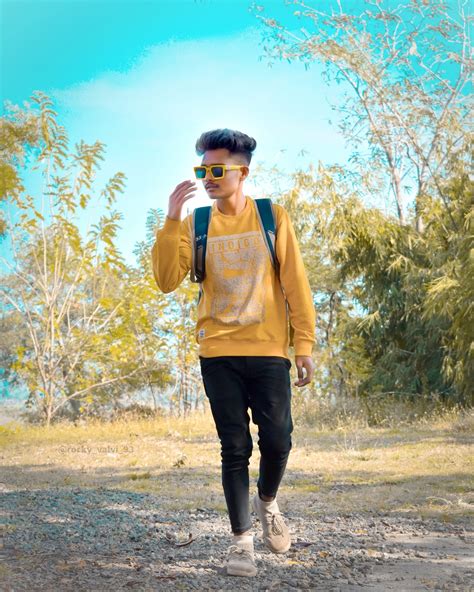
Footwear: The Grounding Element
Never underestimate the power of good shoes. Scuffed or overly casual footwear can instantly undermine an otherwise polished outfit.
- Loafers: Penny loafers or tassel loafers are classic business casual choices, offering comfort and style.
- Derbies & Oxfords: While often considered more formal, less ornate derbies or even clean, minimalist Oxfords in brown or black leather or suede can work beautifully.
- Dress Boots: Chelsea boots or chukka boots can add a stylish, rugged touch while remaining appropriate.
- Clean, Minimalist Sneakers: In very relaxed business casual environments, a pair of pristine, well-designed leather sneakers (think common projects style) can be acceptable, but exercise caution and know your workplace.

Accessories and Finishing Touches
Accessories are not optional; they are the details that complete your look and convey attention to detail.
- Belts: Always match your belt to your shoes in color and material. A quality leather belt is non-negotiable.
- Watches: A tasteful wristwatch, whether a classic analog or a sophisticated smartwatch, adds a touch of refinement.
- Socks: Don’t let visible athletic socks ruin your outfit. Opt for dress socks that complement your trousers or add a subtle pop of color/pattern.
- Pocket Squares: An optional but impactful accessory. A folded pocket square in your blazer’s breast pocket can add personality and flair.
Key Principles for Confident Business Casual
Beyond the individual pieces, remember these overarching guidelines:
- Fit is King: Ill-fitting clothes, no matter how expensive, will always look sloppy. Invest in tailoring.
- Quality Over Quantity: A few well-made, versatile pieces will serve you better than a closet full of cheap, trendy items.
- Color Palette: Stick to a foundational palette of neutrals (navy, grey, white, khaki) and introduce accent colors thoughtfully.
- Grooming: A sharp haircut, trimmed facial hair, and good personal hygiene are as crucial as your clothing.
- Know Your Environment: Business casual is a spectrum. What works in a tech startup might be too casual for a law firm. Observe and adapt.
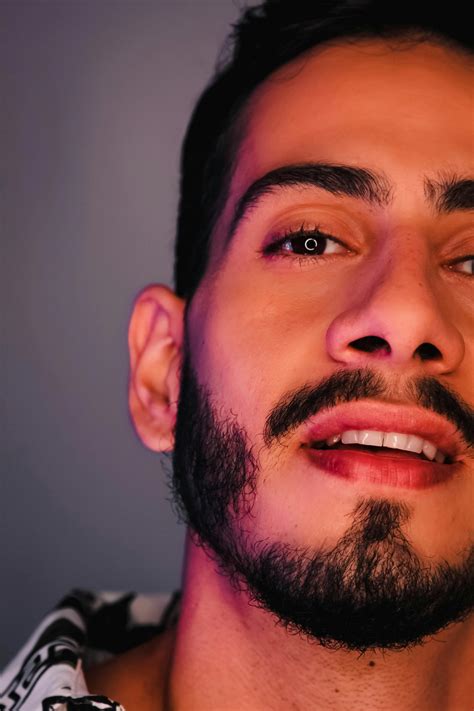
Conclusion
Mastering business casual is an art, not a science, but by focusing on these key pieces and principles, any man can build a confident, stylish, and appropriate professional wardrobe. It’s about looking put-together and respectful of your work environment while still expressing a degree of personal style. With the right foundation, you’ll navigate any professional setting with ease and undeniable confidence.
